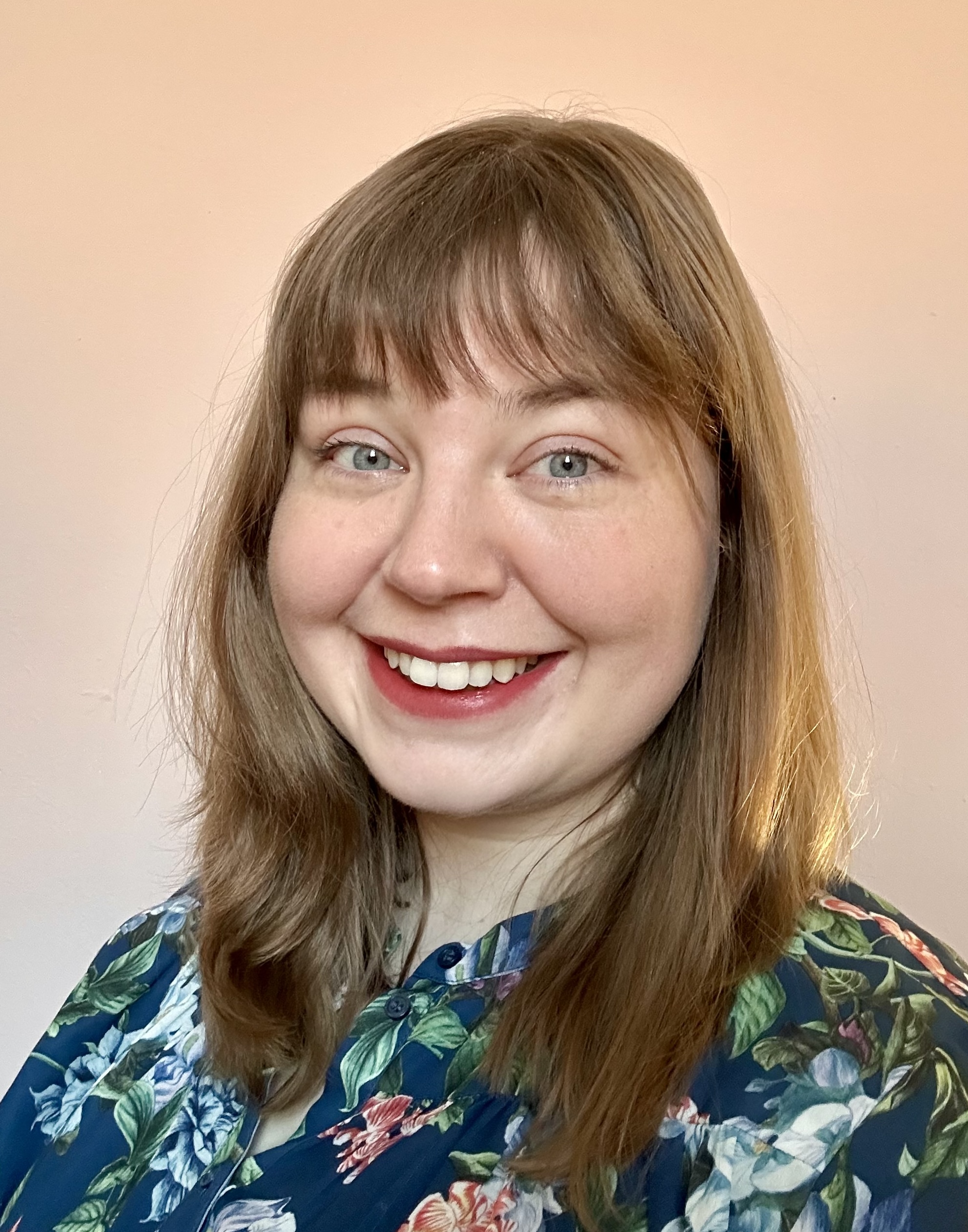The influence of L1 Dutch on cohesion in L2 German writing: Results from a contrastive corpus- based analysis of L1 and L2 students ́ writing in German
Date:
Abstract
Second language (L2) writers struggle with cohesion (Crossley & McNamara, 2012). One of the reasons is that they tend to rely on native language (L1) strategies to create cohesive texts which may differ from the strategies in the L2 (Breindl, 2016). In stark contrast to the burgeoning research into cohesion in L2 English (e.g., Appel & Szeib, 2018; Crossley & McNamara, 2011) research into L2 German has been scarce, with only a handful of studies contrasting L1 texts with L2 texts by students with diverse L1s (e.g., Walter, 2007; Breindl, 2016). Whereas these studies investigate general characteristics of L2 German, we lack studies contrasting L2 texts produced by homogenous L1 groups with those produced by heterogeneous L1 groups. My study aims to fill this gap by performing a contrastive analysis of connectives in L2 German, comparing L2 writers with L1 Dutch and L2 writers with diverse L1s. The analysis is based on the Belgisches Deutschkorpus (Beldeko) (Strobl, 2020) and the German Summary Corpus (GerSumCo). Beldeko consists of 301 L2 German texts written by students with L1 Dutch. GerSumCo is still growing and to date contains 102 texts. Both corpora contain summaries of the same source texts that were produced under comparable conditions. Automated annotations for connectives were added to the corpora, which were manually corrected by three trained annotators based on our guidelines. First preliminary results show that writers with L1 Dutch use more temporal and expansion connectives than contingency and comparison connectives. In my presentation, I show the results of the comparison of this connective use in Beldeko with the connective use in GerSumCo. Based on previous research, I expect to find a different density and distribution of connectives depending on the L1s of the writers (as seen in Breindl, 2016).
